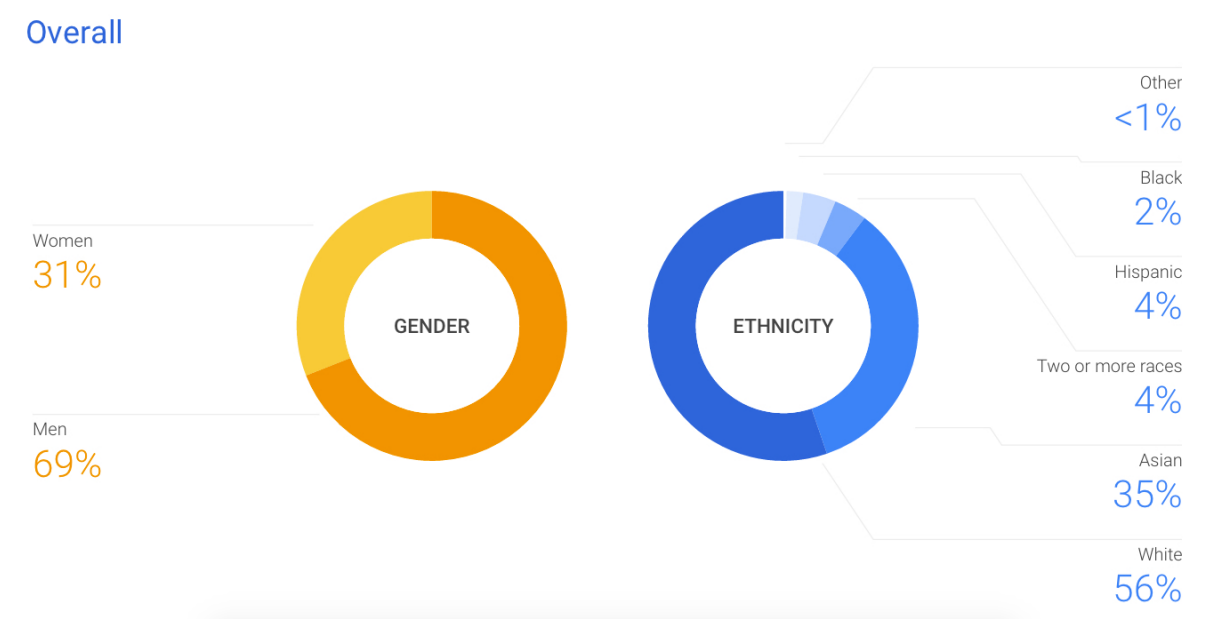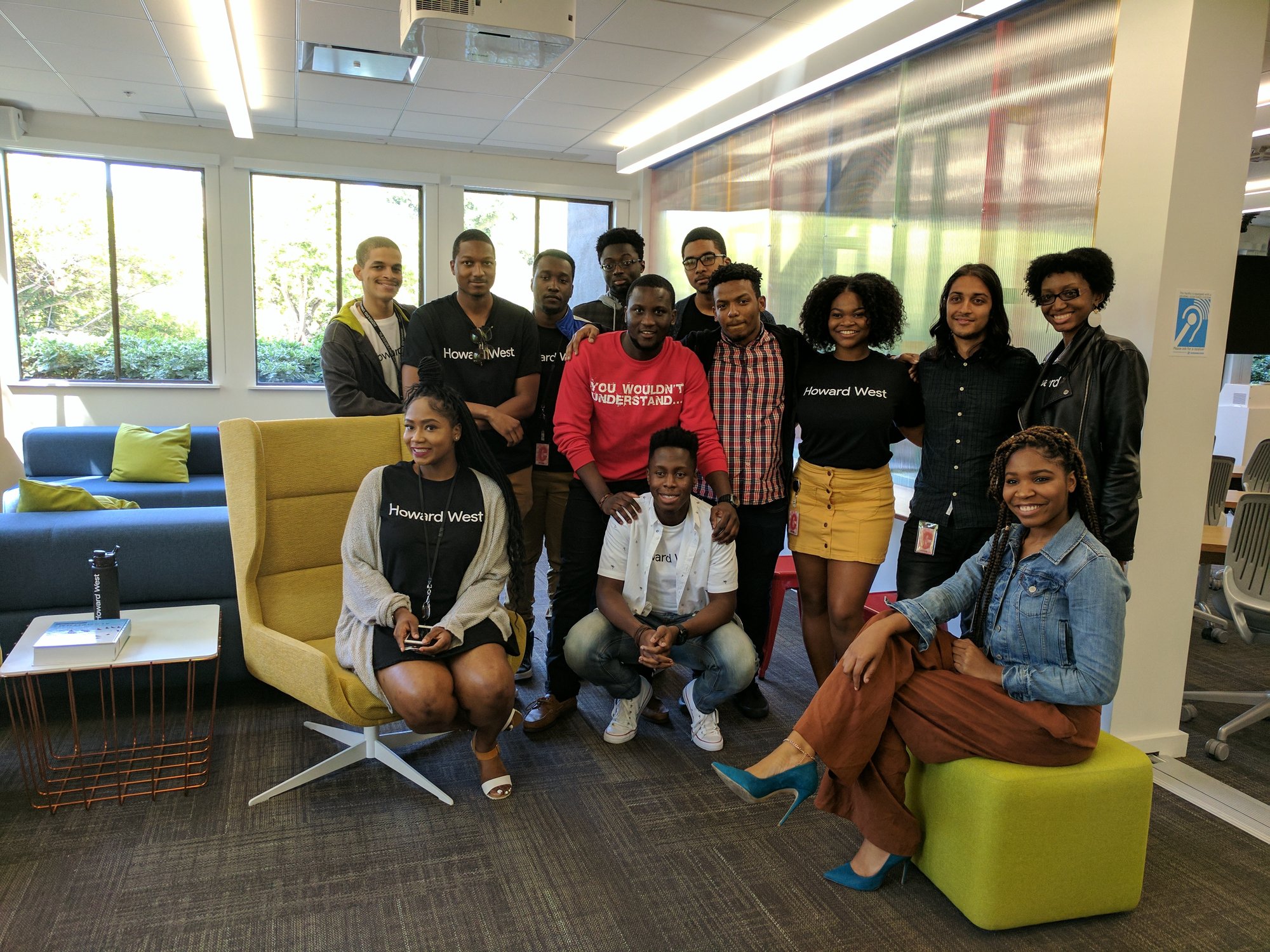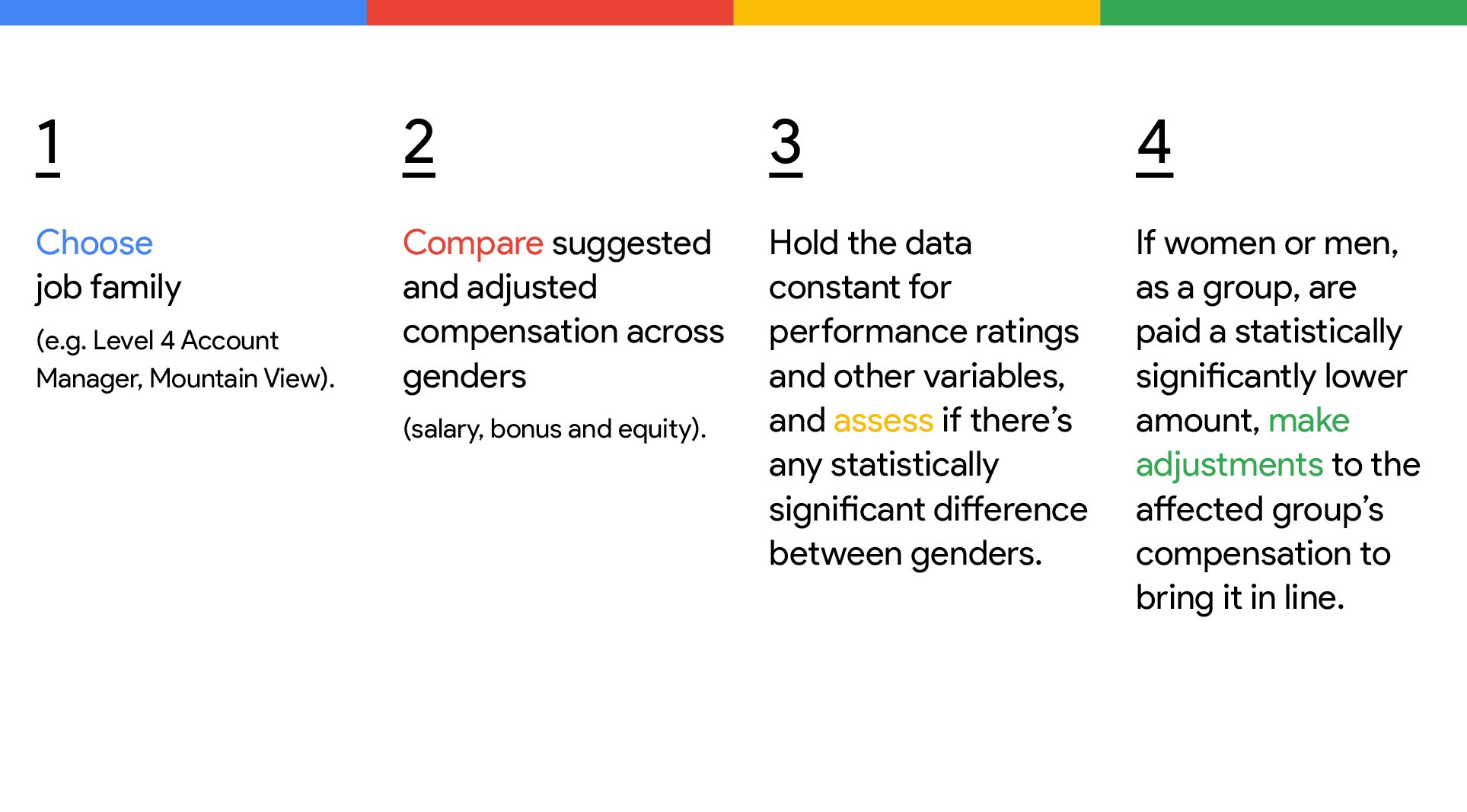Editor’s Note: The following email was sent to the company today from Eileen Naughton, VP of People Operations.
Hi Googlers,
Over the past several years, we have been taking a harder line on inappropriate conduct, and have worked to provide better support to the people who report it. Protecting our workplace and culture means getting both of these things right, and in recent years we’ve worked hard to set and uphold higher standards for the whole company. Thank you for your clear feedback as we’ve advanced this work.
The changes we’ve made to build a more equitable and respectful workplace include overhauling the way we handle and investigate employee concerns, introducing new care programs for employees who report concerns, and making arbitration optional for Google employees.
In late 2018, Alphabet’s Board responded to employee concerns by overseeing a comprehensive review of policies and practices related to sexual harassment, sexual misconduct, and retaliation. An independent committee of the Board also reviewed claims raised by shareholders in early 2019 about past workplace misconduct issues. Today we’re committing to five guiding principles and a list of detailed changes to our workplace policies and practices agreed to by the committee. These principles and improvements incorporate input from both employees and shareholders.
Below are some of the key changes we’re making.
We’re setting up a new DEI Advisory Council to advise on and oversee these efforts, with experts Judge Nancy Gertner (retired), Grace Speights, and Fred Alvarez joining Sundar, Chief Diversity Officer Melonie Parker, SVP of Global Affairs Kent Walker, and SVP of Core Jen Fitzpatrick. They will report to the Leadership Development and Compensation Committee of the Board (LDCC) on a quarterly basis on the company’s progress against these commitments.
We’re building on our current practice of prohibiting severance for anyone terminated for any form of misconduct, and expanding the prohibition to anyone who is the subject of a pending investigation for sexual misconduct or retaliation. Managers will also receive guidance instructing them on how misconduct should impact an employee's performance evaluation, compensation decisions, and promotion outcomes.
If there are allegations against any executives, a specialist team will be assigned and the results of any case will be reported to the Board’s Audit Committee.
We’ll ensure that $310 million in funding goes toward diversity, equity and inclusion initiatives and programs focused on increasing access to computer science education and careers; continuing to build a more representative workforce; fostering a respectful, equitable and inclusive workplace culture; and helping businesses from underrepresented groups to succeed in the digital economy and tech industry.
Other Bets are required to adhere to our new principles too. Changes they are making now include making arbitration optional for all employees, temporary staff, vendors, and independent contractors for individual harassment, discrimination, and retaliation disputes with Alphabet; as well as following the new Alphabet model for executive investigations. Every Alphabet company (including Google and all Other Bets) will be required to undertake an annual review of their own individual policies and practices to ensure they are consistent with Alphabet’s guiding principles in this area.
Together, Sundar, the DEI Advisory Council, and the Board will uphold Alphabet’s unwavering commitment to prohibit and respond effectively to complaints of sexual harassment, discrimination, and retaliation and promote diversity, equity, and inclusion in the workplace.
Recent years have involved a lot of introspection and work to make sure we’re providing a safe and inclusive workplace for every employee. That doesn’t stop here and you’ll receive reports on our progress as we move forward. I’m grateful to everyone, especially our employees and shareholders, for providing us with feedback, and for making sure that the way we tackle these vital issues is better today than it was in the past.
Eileen



